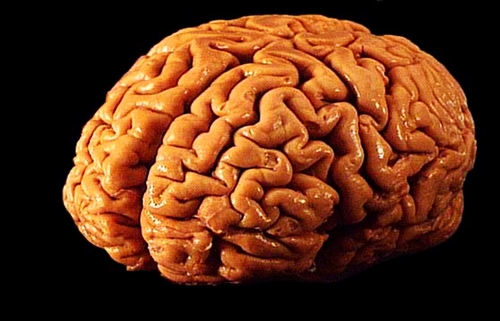11 July 2016. The Food and Drug Administration approved for marketing in the U.S. a device that combines ultrasound and magnetic resonance imaging to treat essential tremors, a neurological disorder marked by involuntary shaking of the hands or other parts of the body. FDA approved the ExAblate Neuro system by InSightec, a company in Dallas, for people with essential tremors whose condition does not respond to drugs.
Essential tremor is the most common form of involuntary tremors, marked by unintentional and rhythmic shaking, usually of the hands, but sometimes the arms, head, or legs. The disorder mainly affects people over the age of 40. In most cases, the shaking is not considered dangerous, and is sometimes confused with Parkinson’s disease.
Drugs are available to treat essential tremor symptoms, including beta blockers such as propranolol often prescribed for cardiovascular conditions, and anti-seizure drugs such as primidone. Up to now, if individuals with essential tremors do not respond to drugs, the options are thalamotomy, surgery that removes a small section of the brain called the thalamus — a part of the brain just above the brain stem that relays motor and sensory signals to the cerebral cortex, the “gray matter” in our brains responsible for higher-order functions — or an implanted deep brain stimulation device that destroys the thalamus.
The ExAblate Neuro system uses a combination of MRI and ultrasound technologies to treat essential tremor symptoms. MRI scans are taken to locate the precise area of the thalamus for treatment. Once identified with MRI, ultrasound waves are sent from outside the skull to the target in increasing increments until the tremors are reduced. Patients are awake and responsive during the procedure.
FDA based its approval in part on a clinical trial with 76 patients having essential tremor, that tested the ExAblate Neuro device against fake treatments. Some 56 participants received real ExAblate Neuro therapy, while the remainder received placebo treatments. After 3 months, participants receiving the real treatments experienced a 50 percent reduction in tremors, while after 12 months tremor reductions were 40 percent less than before the treatments. Also after 3 months, individuals receiving the fake treatments saw no improvement, and were given an opportunity to receive real ExAblate Neuro therapy.
Adverse events with the ExAblate Neuro are similar to thalamotomy surgery: numbness or tingling in fingers, headache, imbalance or unsteadiness, ataxia or loss of control of body movements, or gait disturbance. Other reported adverse effects result from reactions to ultrasound treatments, such as tissue damage outside the treatment region, bleeding in the treated area, skin burns or scars, and blood clots.
InSightec applied for FDA pre-market approval of the system in October 2015. Since then, the company broadcast a live demonstration of the system with an essential tremor patient in Israel, and received approval for marketing of the device in Canada.
Read more:
- More Device Approvals, Higher Risks in Europe than U.S.
- Wearable System Devised for Stroke Rehab at Home
- FDA Clears Insomnia Relief Device
- Patent Given for Non-Invasive Spinal Stimulation Technology
- Phones, Wearables Studied to Monitor Brain Disorders
* * *


 RSS - Posts
RSS - Posts
You must be logged in to post a comment.